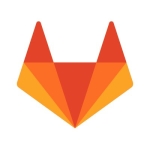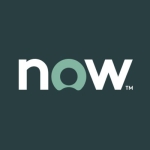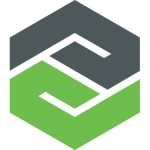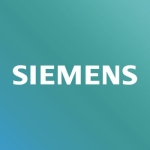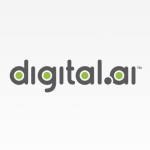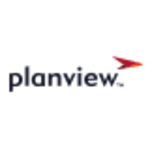What is our primary use case?
Most of our development teams are Agile, meaning they do development in two-week sprints. So they use Agile Central for the input of all of their user stories, all of their test cases. We just recently moved to Planview Enterprise so that we can actually start doing dependency mapping across features.
But it's mainly a way for all of the individual teams to define all our user stories and keep up with the overall tracking of how they're doing, sprint by sprint.
How has it helped my organization?
It's a good platform to keep track of all the user stories across all projects. So rather than having one off Excel spreadsheets with all of the requirements, it is a good place to have all of that.
I think where we as an organization can get better - and this may be something that is out there in the functionality now, and we're just not using it - is better mapping across projects and having that cross-project dependency mapping.
It's good, you don't have everybody in separate emails and Excel spreadsheets with all their various stuff and requirements, but we're still filing within the projects and not keeping track of everything across.
What is most valuable?
The main ways that I used it when I was in it day to day was keeping up with the burn rate within the teams. Also, to track at the feature level too, as far as how we were doing with actually being able to deliver that feature. So a lot of the in app features, where you can set up your dashboard; that's where I used it a lot.
What needs improvement?
I don't know that I can answer this, because I'm not using it day to day. I'm using CA PPM now, and I know we're looking to integrate Agile Central into CA PPM, which I believe is an option.
When I used it before I would say the stronger CA can get on dependency mapping the better. That's the biggest hiccup. As you're setting up your features, they should make it easier to flag the dependencies, either across features or across projects. Then you're more set up for success.
For how long have I used the solution?
More than five years.
What do I think about the stability of the solution?
I think it's been fine. We used Agile Central when it was Rally and we were actually in the beta, the first version, without really having any problems with it being down or not running. I would assume the SLA is somewhere in the 98, 99 percentile. That seems to be the case.
What do I think about the scalability of the solution?
Regarding scalability, I don't know. I only know how we're using it as a company. Like I said, I think there's probably more that we could be doing. We're just not quite there yet.
How are customer service and technical support?
I haven't had to use tech support, myself. I don't know if the direct teams have. But, like I said, we haven't really had any issues with the tool.
We had a guy who was an Agile coach come work with several of the teams. So we've kind of had onsite support from a coaching perspective; not necessarily the ins and outs of the tool. I think he was able to provide some technical support as needed to get the teams up to speed.
Which solution did I use previously and why did I switch?
I can't remember what we were using previously. It wasn't JIRA. There were some teams using another user story repository before they started using Rally, now Agile Central.
We decided to move to the Agile development framework. Based on that it was clear that to do so you need a platform for your user stories. And I think it was just one of those next steps in the evolution of moving to the Agile development framework.
We switched because we wanted everybody in the same platform. I'm sure money was somewhat involved, as well.
How was the initial setup?
I wasn't involved in the inital setup from a technical perspective. That happened on our technology side. But I was one of the first ones to use it, five or six years ago.
In terms of it being complex or straightforward to learn, the team that I worked with had training on it. So once we had training on it, it was very easy to understand. I don't know I if you could just come in and use the tool without any training on it.
I think in order to use the tool you have to understand what the Agile development platform is. You have to understand what a user story is. You have to understand how that connects to the test cases. You have to understand the background of why you'd be using the tool before you can use the tool. You couldn't just sit someone down and say, "Go." There has to be a little bit of training on why use the tool before you use the tool.
What other advice do I have?
There hasn't been anything surprising within Agile Central. As CA has taken in Clarity, which is now CA PPM, what I'm learning here at the CA World conference is the full breadth of everything we can do better under the CA umbrella. I don't know if there's anything particularly surprising about Agile Central. There's JIRA. They're all fairly similar. So there's nothing that wowed me there.
When it comes to the most important criteria in selecting vendors, budget always plays into, but I think it's also the breadth of the solution. I think that's one of the reasons we've stuck with CA, because now we're using several of their tools.
I rate Agile Central six to seven out of 10. For it's core functionality, it works. I think when you get into the details, there are some improvements that could be made as far as being able to better track across. There is dependency functionality now that you can use, but I think there are always improvements that can be made. But for it's core functionality, it works.
In terms of advice to a colleague who is researching a similar solution, I think most people who are developing in an Agile way are familiar with it now. I might give some tips on dashboards that I've set up. If you're familiar with Agile you're familiar with Agile Central, really. The tips and tricks that I've given my colleagues are more around how to build out dashboards to be able to see, in that first glance when you walk in, your view for the day. So it would be around the dashboards.
Disclosure: My company does not have a business relationship with this vendor other than being a customer.


